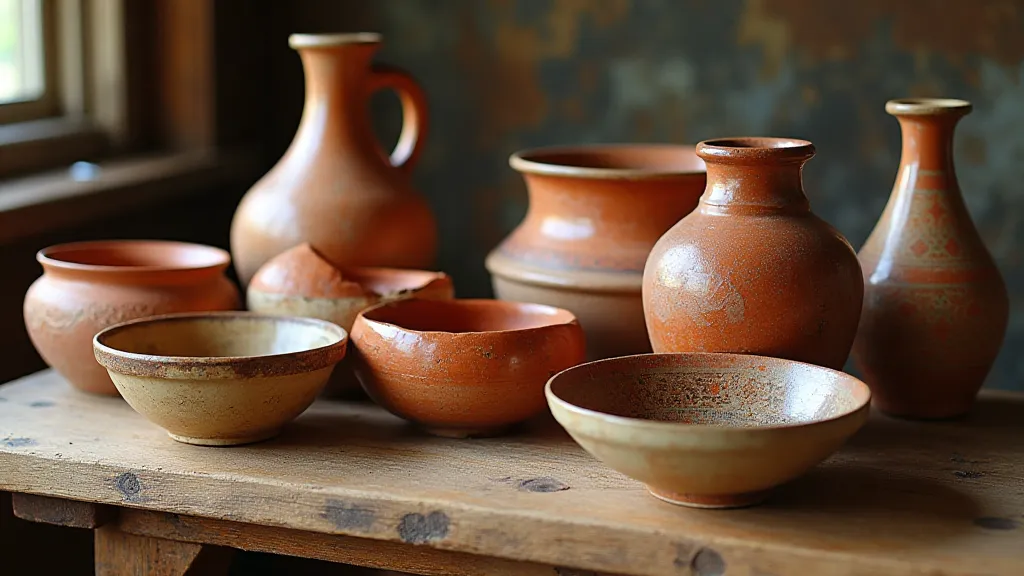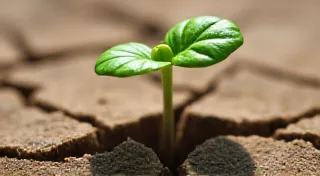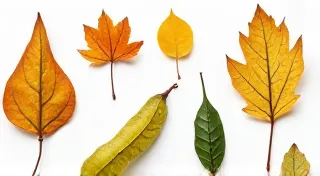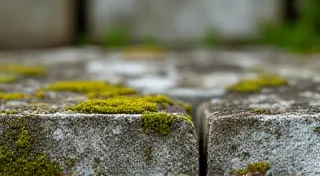The Vessel's Resonance: How Regional Pottery Transports History
There's a particular feeling you get holding a piece of antique pottery. It’s more than just the cool weight in your hands, the smooth curve of the clay. It’s a tangible connection to a past that feels both distant and intimately familiar. Each vessel, whether a humble storage jar or an elaborately decorated ceremonial bowl, carries within it the echoes of the hands that shaped it, the lives it touched, and the traditions it embodied. This isn't just about ceramics; it's about history held in clay.
My own fascination began years ago, rummaging through the dusty back room of my grandmother’s antique shop. While she dealt primarily in furniture and silverware, she’s always kept a few pottery pieces tucked away. One, a small, weathered terracotta pitcher, caught my eye. It wasn't particularly beautiful, covered in grime and missing a chip near the rim, but something about its unassuming presence captivated me. Later, she told me it had come from a farmstead sale in rural Kentucky, likely dating back to the late 1800s. Holding that pitcher, I felt a strange kinship with the farmer who’s hands may have held it, pouring water for his family, or perhaps milk from his cows. That simple connection ignited a lifelong pursuit of understanding regional pottery and the stories it whispers.
The Soul of a Region: Distinctive Pottery Traditions
Pottery, throughout history, hasn’t been created in a vacuum. It’s inextricably linked to the available resources, the cultural beliefs, and the practical needs of a region. The clay itself dictates much of the aesthetic. The red clays of the American Southeast, for instance, lent themselves to robust, functional wares, often unglazed and fired in simple open-kilns. The iron content in these clays, when fired, produces a characteristic reddish-brown hue, known as "redware." Contrast this with the fine, white clays found in the Mississippi Valley, which were prized for their ability to create elegant, creamware pottery, often decorated with intricate floral designs.
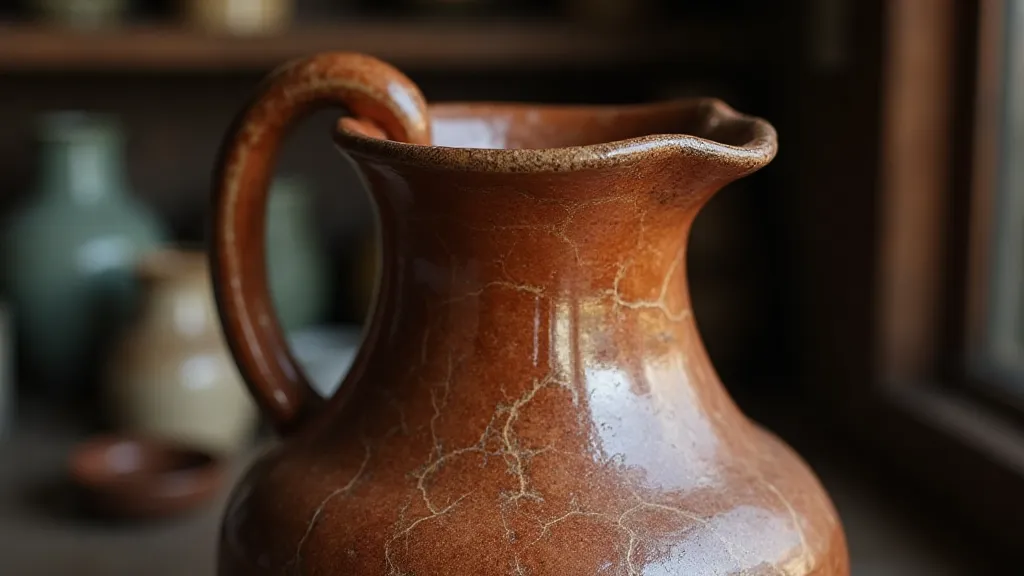
Consider the Pueblo pottery of the American Southwest. For centuries, Indigenous potters have utilized the readily available clay to create vessels for cooking, storage, and ceremonial purposes. These pieces are often strikingly beautiful, adorned with intricate geometric patterns and symbolic imagery, reflecting the rich cultural heritage and spiritual beliefs of the Pueblo people. The techniques, passed down through generations, involve intricate coil building and sophisticated firing methods, often involving pit firing with organic materials to create unique and unpredictable surface textures.
Further north, in the Pacific Northwest, the Haida people developed a distinct pottery tradition known as “splash pottery.” This unique style involves splashing a slip, a liquid clay mixture, onto a rotating wheel, creating swirling, organic patterns. The resulting vessels are prized for their beauty and their connection to the natural world, often depicting animals, plants, and ancestral symbols. The clay itself is often sourced from specific riverbeds, adding to its significance.
Craftsmanship: The Marks of the Maker
Beyond the regional variations in clay and design, the craftsmanship itself tells a story. Early pottery was almost entirely utilitarian. Pots had to *work*. They needed to be strong enough to withstand the heat of a fire and the rigors of daily use. Glazes, when used, were often simple mixtures of local materials – ash, clay, and water. These early techniques prioritized functionality over aesthetics, but even within this constraint, the skill of the potter shone through.
As technology advanced – or, arguably, as economies shifted and potters had the leisure to experiment – decorative techniques became more prevalent. Slip trailing, sprig molding, and hand-painting emerged as common methods for embellishing pottery. These decorative elements weren’t just ornamental; they often conveyed symbolic meaning, depicting scenes from everyday life, stories from mythology, or expressions of personal identity. Looking closely, one can often identify the "fingerprint" of the maker - subtle inconsistencies in the glaze, a slight wobble in a hand-painted line, the unique texture of a carved design.
The evolution of pottery reflects the broader societal changes. The advent of the potter’s wheel, for example, revolutionized production, allowing for the creation of thinner-walled, more uniform vessels. However, the traditional coil-building techniques persisted, particularly in regions where handcraftsmanship was valued or where the potter’s wheel was unavailable.
Preserving the Resonance: Collecting and Restoration
Collecting regional pottery isn’t just about acquiring beautiful objects; it’s about preserving a tangible link to the past. But collecting antique pottery also comes with responsibilities. Proper storage is essential to prevent damage from moisture, sunlight, and temperature fluctuations. Handling fragile pieces with care is paramount. And resisting the temptation to “over-restore” a piece is crucial. Often, the cracks, chips, and discolorations are integral to the piece’s history, telling a story of its journey through time.
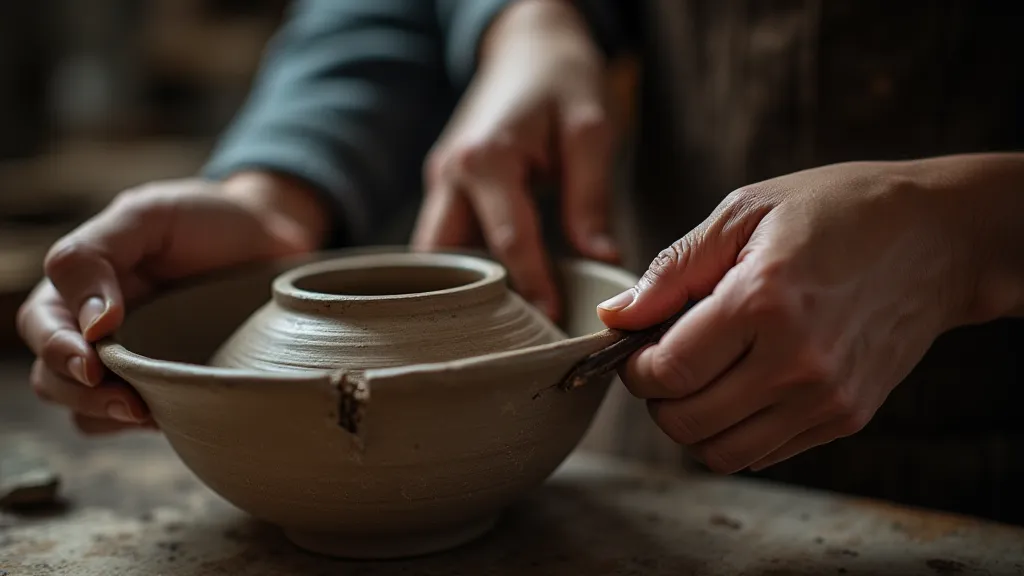
Restoration, when necessary, should be undertaken with respect for the piece’s integrity. The goal isn't to erase the signs of age, but to stabilize the piece and prevent further deterioration. Using reversible materials and techniques allows future conservators to undo any interventions if necessary. Knowing the history and origins of a piece is an essential part of collecting. Researching regional pottery traditions, studying firing techniques, and examining the provenance of a piece can deepen one’s appreciation for its cultural significance. Often, auction catalogs and online resources provide valuable information about specific pottery styles and makers.
The true value of regional pottery lies not just in its monetary worth, but in its ability to transport us to another time and place, allowing us to connect with the lives and experiences of those who created and used these objects. Every crack, every chip, every subtle variation in glaze tells a story. It's a tangible echo of the past, resonating with the human spirit.
